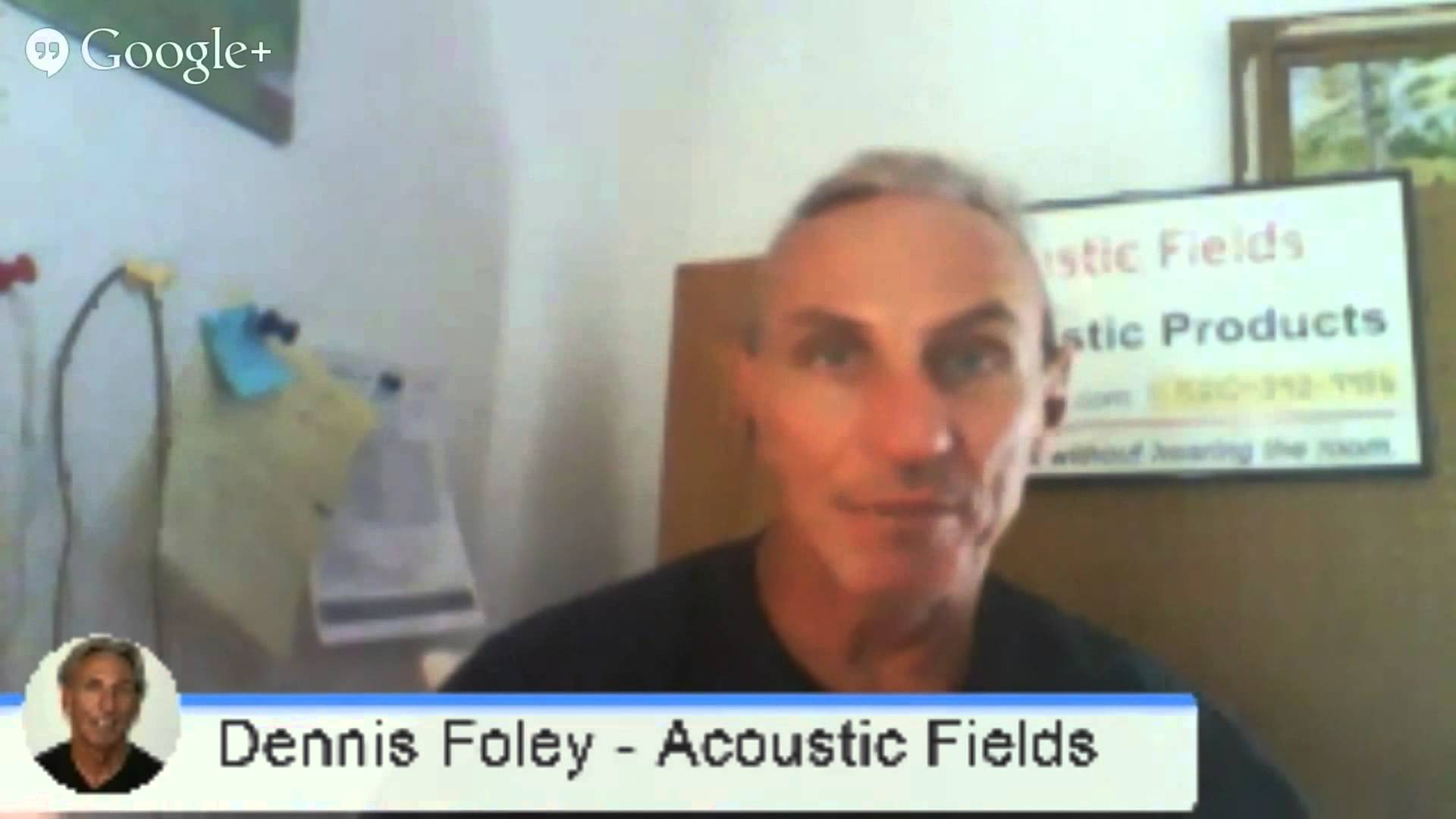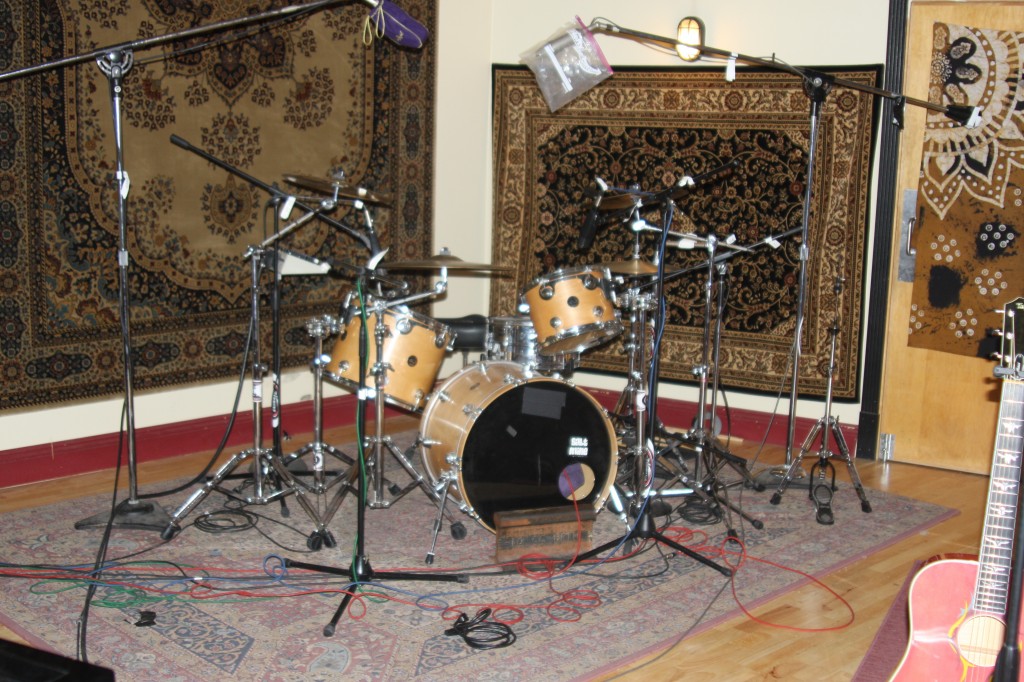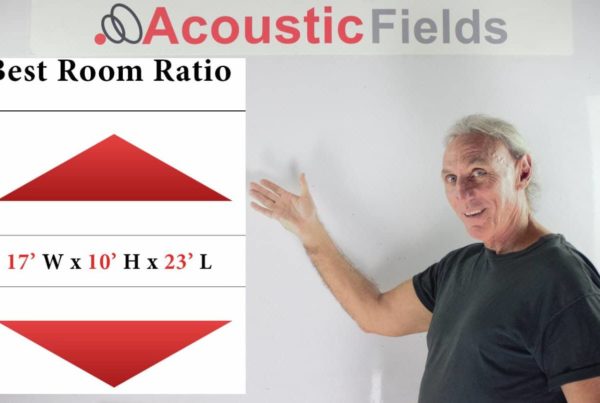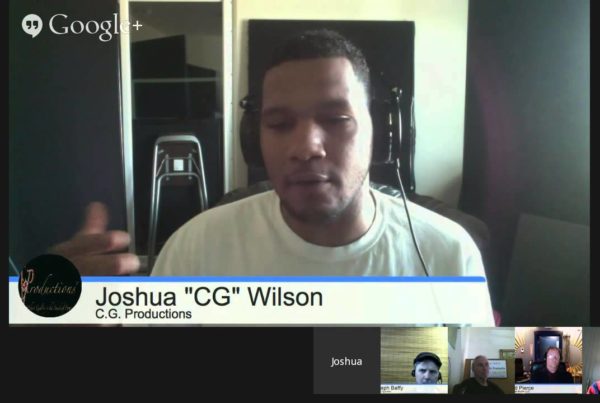Would you ever recommend live room diffusion? Namely a room where you actually recording somebody playing live music?
Well you could. Once again you have to remember that you’re dealing with microphones and not ears. Microphones don’t hear, if you will, the same way that our ears do. So you’re dealing with a device, an instrument, that hears reflections differently than our ears do.
So it’s all about what the microphone is picking up. So how do we control what the microphone is picking up to achieve the effect that we want in our recording?
Variable acoustics is one way.
Having diffusion, having absorption in alternating devices is one way to do that but it just depends on your goal as an engineer. What are you trying to achieve? Do you want to add more definition to your music? Is it a vocal? Do what your definition in your vocal?
If you want more definition in your vocal then probably diffusion is not the way to go. But if you want more definition and separation and air in your instruments. then its probably a good way to go.
So it just depends on, once again, goals, objectives and usage? What are you trying to accomplish in your live room? And in a live room we’re using microphones instead of ears and that’s a whole other area because there’s microphones out there that are designed to record just certain parts of what’s put in front of them.
Some microphones will record exactly what’s in front them. Some will record a hundred and eighty degrees of what’s in front of them. Some will record even what’s behind them. Some will record all the way around the whole microphone. So it really depends on what your goal is.
The tools are available
But we have the tools to achieve whatever you’re trying to do. First we have to decide what you’re trying to do.
What do you want to accomplish in your room? And then once you decide what you want to accomplish, we have the tools to do that.
In a future project we’ll put together a small guide for people. Different room usage and application of diffusion. Marrying what are you trying to accomplish to what I’d recommend.
In Summary
I hope this explanation on live room diffusion helped. Please leave any comments below so I can get back to you. Don’t be afraid to hit those Facebook like, Google+ and Twitter buttons on the left hand side so other people can see this post. And if you want to learn more about this subject please sign up for our free room acoustic treatment videos and ebook which provide step by step instructions. Get instant access by signing up now.
Thanks
Dennis









Building a tracking live room.
Goal is to go old school, and have multiple musicians playing together in the room, but mostly tracking drums, as I’ll have very good amp isolation. The room will be built to a Golden ratio with cement floors. No parallel walls. Mid size room roughly 32x14x12. Want to track rock drums. Is diffusion a big consideration? I’m thinking some absorption is in order too..
D,
Your 12 and 14′ dimensions will produce modal pressure issues from 30 – 300 Hz. Fill out the information in this link: https://www.acousticfields.com/free-room-analysis/ Let’s take a look at your whole room and usage.